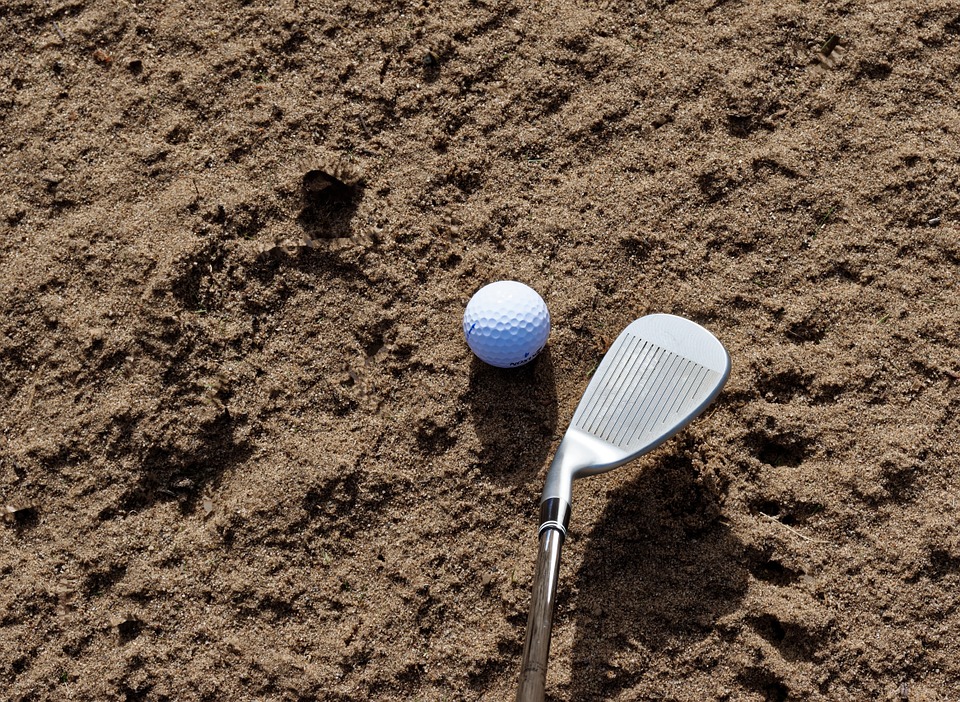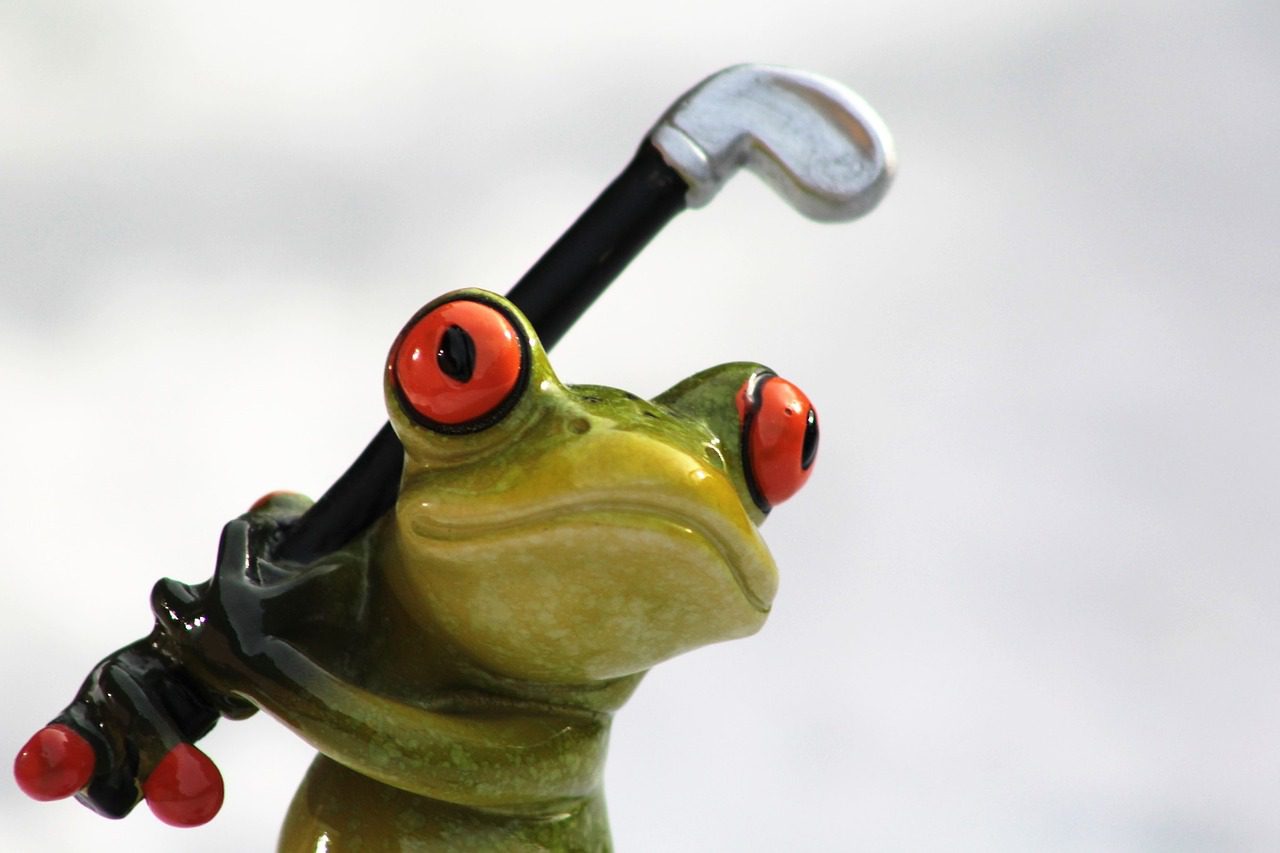Golf Wedge Bounce, Explained
Making improvements in golf becomes more challenging as you become a more accomplished player. However, some advantages can be gained with some of the correct equipment, although there is a lot of misleading information. Here is some helpful information on the bounce on golf wedges. Golf Wedge Bounce, Explained. What is the Golf Wedge Bounce? … Read more










